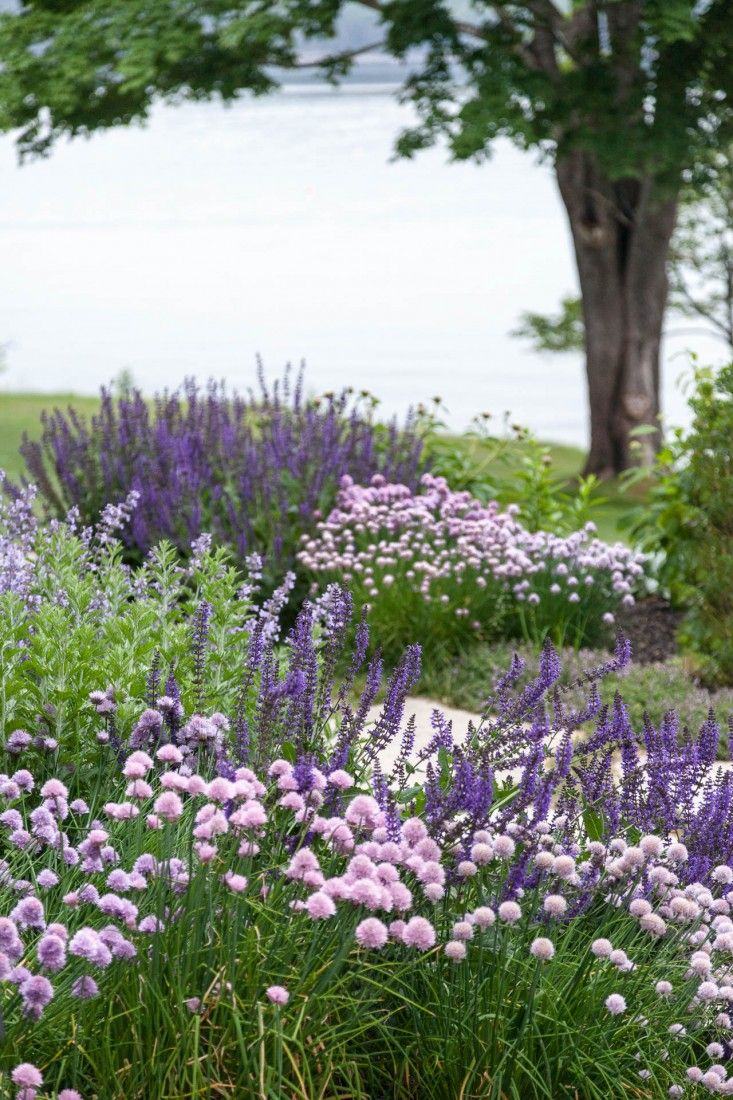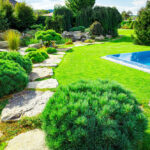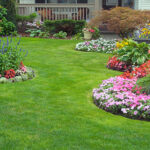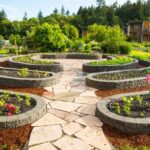Landscaping design is an important aspect of creating visually appealing and functional outdoor spaces. The design process involves careful planning and consideration of various elements such as layout, plants, hardscapes, and outdoor furniture.
One of the key factors in landscaping design is creating a cohesive and balanced layout. This involves determining the placement of different elements, such as gardens, walkways, and seating areas, within the outdoor space. By carefully organizing these elements, a landscaper can create a sense of harmony and unity in the overall design.
Choosing the right plants is another crucial aspect of landscaping design. Plants not only add beauty and color to the outdoor space, but they also play a functional role in providing shade, privacy, and habitat for wildlife. When selecting plants, it is important to consider factors such as climate, soil type, and maintenance requirements.
Hardscapes, such as patios, decks, and pathways, are also important components of landscaping design. These features help to define outdoor spaces and provide areas for relaxation and entertainment. When designing hardscapes, it is important to choose materials and layouts that complement the overall style of the outdoor space.
Outdoor furniture is another key element in landscaping design. By selecting the right furniture pieces, such as tables, chairs, and lounges, a landscaper can create comfortable and inviting outdoor living areas. When choosing outdoor furniture, it is important to consider factors such as durability, comfort, and style.
In conclusion, landscaping design is a complex process that involves careful planning and consideration of various elements. By paying attention to layout, plants, hardscapes, and outdoor furniture, a landscaper can create visually appealing and functional outdoor spaces that enhance the overall beauty and enjoyment of a property.
















